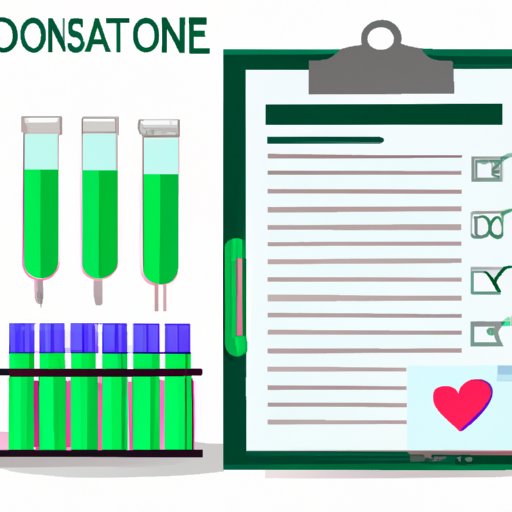
I. Introduction
Plasma donation is an important and life-saving process that helps people in need. Blood plasma, a yellowish liquid, serves as a vital component in many therapeutic treatments and medical research. By donating this life-saving liquid, you can help people who are suffering from life-threatening conditions. If you are considering donating plasma, this guide will walk you through the entire process, from eligibility requirements to post-donation care, and everything in between!
II. A Step-by-Step Guide to the Plasma Donation Process
Before proceeding with blood plasma donation, it is essential to ensure that you meet eligibility requirements. You need to weigh a minimum of 110 pounds and must be 18 years or older. Additionally, you should have a valid ID, and specific medical conditions may disqualify you from donation. Once you have completed a prescreening process, a healthcare professional will ask about recent travel, medications, and any medical conditions. They will take a blood sample from a finger stick to perform a screening test, which helps determine the safety of your plasma for the recipient.
The plasma donation process might take around 1-2 hours. A trained healthcare professional will insert a sterile needle in your arm vein to draw blood. Blood is taken from the body, and the plasma is extracted using a machine. The red blood cells and other blood components are returned to your body through the same needle. After the donation is complete, a healthcare professional may provide you with a snack and hydrating fluids.
III. What to Expect During Your First Plasma Donation
Many people may feel nervous or apprehensive about their first plasma donation. It is normal to feel this way, but understanding the process can help reduce anxiety. The actual donation process may last up to 90 minutes, but the entire appointment could take around two hours. During this process, you may experience a mild pinch when the needle is inserted. Once the needle is in place, you may feel a sensation similar to that of a blood pressure cuff tightening.
Before your appointment, drink plenty of water and eat high-protein meals to help maintain your attention and focus during the process. Wear a short-sleeved shirt, and bring a book or music to listen to while you donate. Many plasma donation centers offer entertainment for donors, as well.
IV. The Benefits of Donating Plasma
The primary benefit of blood plasma donation is the ability to help save lives. Donated plasma can go on to make lifesaving therapies for people suffering from injury, chronic conditions, or blood loss. But donating plasma has many benefits beyond that. It can lead to significant improvements in the donor’s physical health, such as increased production of new blood cells. Additionally, it may lead to a sense of personal satisfaction, knowing that your donation can potentially help someone in need.
V. The Importance of Meeting Eligibility Requirements
Eligibility requirements exist to ensure that donations are safe both for the donor and the recipient. Failing to meet eligibility criteria can be dangerous for both parties. Some medical conditions, such as heart disease, can increase the risk of adverse events during plasma donation. The healthcare professional administering the donation process relies on your honesty about your medical history and recent travel to ensure a healthy donation.
VI. Personal Stories of Plasma Donation
The benefits of plasma donation extend beyond physical health and extend to personal satisfaction as well. For many donors, knowing that their donation has helped save someone’s life can be very rewarding. Additionally, recipients benefit from receiving plasma donations in a variety of life-threatening conditions – leukemia, clotting disorders, infections, and more. You can read personal testimonials of people whose lives have been saved through plasma donation.
VII. How Plasma Donation Contributes to Medical Research
Plasma donation plays a crucial role in advancing medical research. The antibodies in the plasma help researchers study diseases, allowing for greater progress in diagnosing and treating them. Plasma can also be used to create pharmaceuticals to help people fighting different diseases. By donating blood plasma, you can help support research efforts that could ultimately lead to significant medical advancements.
VIII. Conclusion
Donating plasma is a selfless act that has many benefits for both donors and recipients. By following the eligibility criteria and the donation procedure, you could be helping to save someone’s life. The donation process isn’t painful and usually doesn’t take a lot of time. If you’re considering donating, this guide can walk you through the entire process, from eligibility requirements to post-donation care and everything in between. Don’t forget – donating plasma is a responsible act that could make a real difference in people’s lives.





